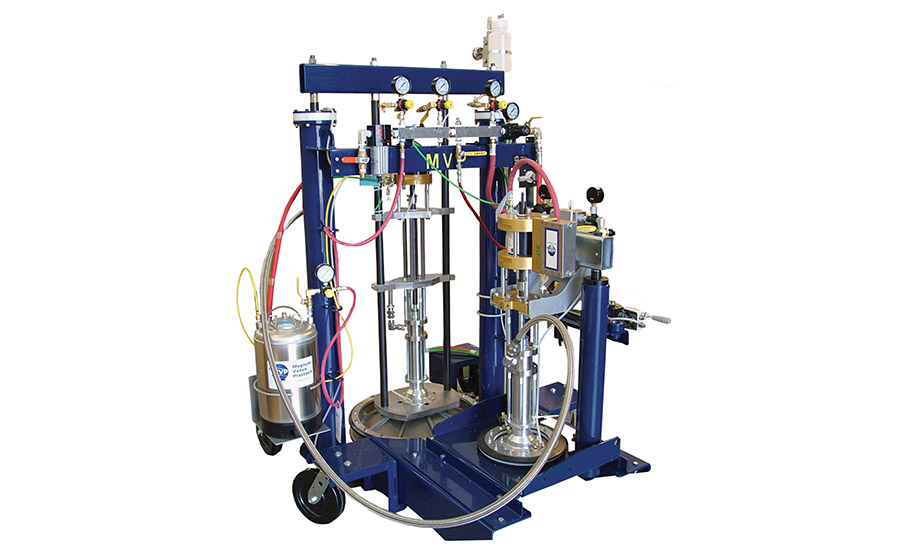Rapid change has become common in today’s marketplace. With it comes even greater pressure for new technologies to accommodate manufacturing needs to fulfill the consumer demand, both now and in the future. From the marine industry to woodworking, from transportation to aerospace, adhesives are an integral component in creating the innovative new technologies necessary for the most modern consumer products.
Identifying the proper adhesive processing equipment for a particular job can seem daunting. The first step is to determine the appropriate material(s) for the task at hand. Questions to answer when choosing a material include: Are you working with a single component or multiple-component materials? Does the material require heat? Will you need spacer beads to maintain a bond line? What is the cure time and material strength? The answers will help determine the precise system specifications.
The right processing system can be the difference between a finished part made correctly and a costly error. Once you have selected a material, it’s important to discuss the intended material with your supplier before purchase. For example, a polyurethane material may not have the strength of epoxy but could be sufficient for the bond; however, the polyurethane needs to be sealed away from the moisture, requiring machinery to be watertight.
The material selected also has an effect on output. A low-flow, high-volume machine is vastly different than high-flow, low-volume machines, as one is intended for accurate dispensing over a long period of time and the other is for a short burst dispensing a large amount of material.
Quantity is another important consideration for equipment purchase. Processing small quantities can be simple and easy to maintain, but may result in lost economic efficiencies afforded by bulk processing. Efficient practices are vital to all components of business; you should apply the same ideal to your processing equipment. Minimize time lost in maintenance between batches and save money with a more efficient use of materials.
Bulk processing can also act as a stepping stone into robotics. Many bulk processing systems offer a smooth transition into robotic manufacturing, whether through simple pneumatic circuitry or through integrated PLC controls.
User Features
It is vital to find a system that is user friendly and easy to operate. Simplified control panels for streamlined use and maintenance will keep the processing on track. In addition, consider the service offered by the manufacturer; having experts to call on can make reaching your production goals easier.

